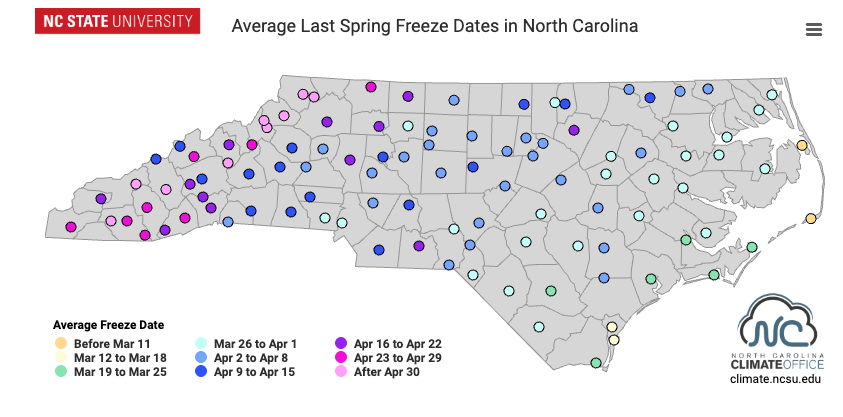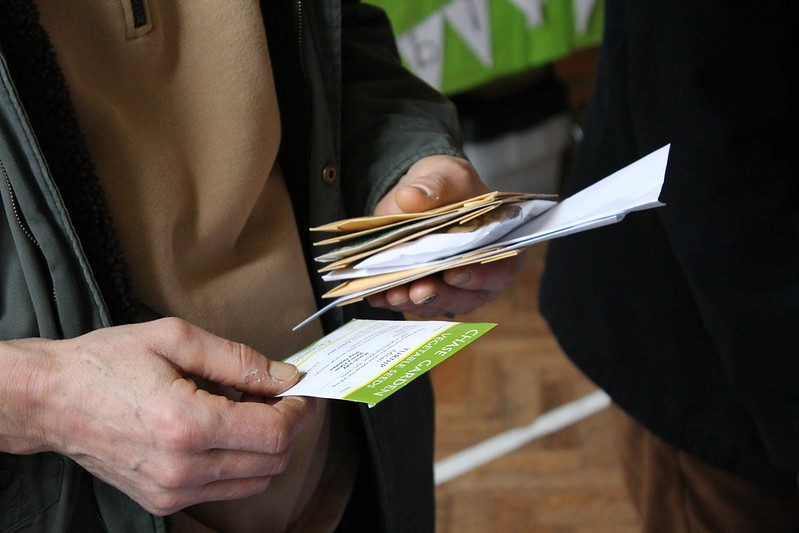Seed Starting in 2025
go.ncsu.edu/readext?1067471
en Español / em Português
El inglés es el idioma de control de esta página. En la medida en que haya algún conflicto entre la traducción al inglés y la traducción, el inglés prevalece.
Al hacer clic en el enlace de traducción se activa un servicio de traducción gratuito para convertir la página al español. Al igual que con cualquier traducción por Internet, la conversión no es sensible al contexto y puede que no traduzca el texto en su significado original. NC State Extension no garantiza la exactitud del texto traducido. Por favor, tenga en cuenta que algunas aplicaciones y/o servicios pueden no funcionar como se espera cuando se traducen.
Português
Inglês é o idioma de controle desta página. Na medida que haja algum conflito entre o texto original em Inglês e a tradução, o Inglês prevalece.
Ao clicar no link de tradução, um serviço gratuito de tradução será ativado para converter a página para o Português. Como em qualquer tradução pela internet, a conversão não é sensivel ao contexto e pode não ocorrer a tradução para o significado orginal. O serviço de Extensão da Carolina do Norte (NC State Extension) não garante a exatidão do texto traduzido. Por favor, observe que algumas funções ou serviços podem não funcionar como esperado após a tradução.
English
English is the controlling language of this page. To the extent there is any conflict between the English text and the translation, English controls.
Clicking on the translation link activates a free translation service to convert the page to Spanish. As with any Internet translation, the conversion is not context-sensitive and may not translate the text to its original meaning. NC State Extension does not guarantee the accuracy of the translated text. Please note that some applications and/or services may not function as expected when translated.
Collapse ▲Seed Starting in 2025
Written by Molly Gillespie, EMGV Swain County, Edited by Minda Daughtry – NCCE Area Agent Horticulture
Ah, the tease of warm weather, the buds on the early bloomers, the sun popping out from behind the winter clouds. It is enough to inspire you to start planting and get a head start on your vegetable garden. Put those New Year’s resolutions into action. But wait – not so fast. Is it really time to get started planting in the ground?
Depending on your hardiness zone, early April is probably still too cold to direct sow seeds or seedlings in the cold ground. But there’s another option – you can start seeds indoors so they’re ready to go when the ground is warm enough. Be sure to check when the danger of frost is over for your location.
Seed starting is a cost effective and rewarding method to starting a garden. Instead of spending $5 per plant at your local big box store, you can invest in a packet of seeds and have more than enough vegetables to feed your entire family and likely even some neighbors.
We’re here to help create a plan for starting seeds and moving them to the garden.
- Figure out how big your garden will be and how many plants you can sow once the seedlings develop.
- Keep in mind some plants are “companion plants” and like to be together, like tomatoes and basil and others don’t do well if they’re close like
- Fill containers with a seed-starting mix and press the seeds gently into the soil. Be sure to check the seed packet for specific depth and space requirements.
- Moisture is the key to germination. Be sure to water your seedlings as this will help them “escape” their seed coat and allow them to grow.
- Setting the temperature and light are important in the growth process. Once the seeds have started, they should stay at a temperature of approximately 65-75 degrees and they will need light. Grow lights are not required for this process if you are able to find a spot indoors that will shine directly on the seeds.
- Determine how long the seeds will take to germinate and how long before they are ready to transfer. Harvest dates are good to know as well. We will focus on that especially next month when we talk about succession planting
- Set a tickler calendar for hardening off the seedlings. This just means taking them outdoors for a few hours during the warm day but back inside during cooler nights and mornings . Hardening off will let the plants get used to being outdoors instead of under your warm grow light.
Starting plants from seedlings is pretty simple and straightforward if you follow the plan from start to finish. Different plants will have different germination times and growth rates, so be sure to check the seed packets for your plant specifics.
“Vegetable seed packets (2)” by Local Food Initiative is licensed under CC BY 2.0.
The rewards of eating a tomato (or broccoli, or jalapeno, etc…) that you started from a single seed is tremendously rewarding and motivating. Good luck and Happy Planting!
NC State Extension Publications “Vegetable Gardening: A Beginner’s Guide”. Lucy Bradley, Shawn Banks






